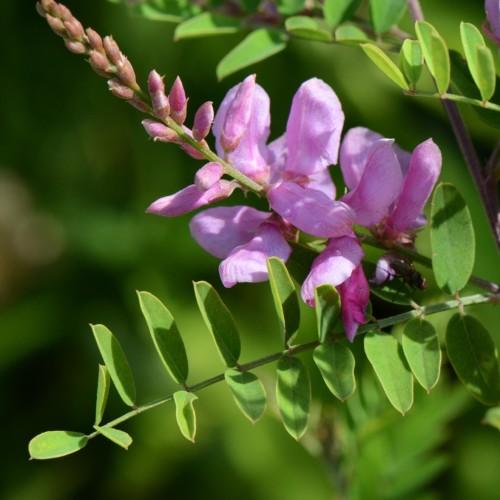
indigofera
Indigofera tinctoria
Cycle:
Perennial
Watering:
Average
Hardiness Zone:
10 - 12
Flowers:
Flowers
Sun:
Full sun
Leaf:
Yes
Growth Rate:
Low
Maintenance:
Moderate
Drought Tolerant:
Yes
Salt Tolerant:
Yes
Care Level:
Medium
watering
Indigofera tinctoria should be watered once every 2 weeks. During each watering, the soil should be thoroughly saturated, but free drainage should be provided to prevent waterlogging. The amount of water used should be dependent on how dry the soil feels, and soil moisture should be checked with a finger before water is added. Indigofera tinctoria prefers moist yet well-drained soil, so care should be taken to ensure that the soil remains evenly moist. Once the soil is saturated, allow any excess water to drain away before adding more water.
sunlight
Indigofera tinctoria, commonly known as indigo, preferfull sunlight throughout the day for optimum growth and flowering. This plant species requires 6 hours of direct sunlight daily, so it should be placed in a sunny spot that receives at least 4 to 6 hours of sunlight throughout the day. It will also do well with some dappled shade during the hottest time of the day in the summer months. During the winter, the sunlight requirement is usually less. The plant will do best in warm temperatures.
pruning
Pruning should be done in late summer or early autumn (August to October) when Indigofera tinctoria is fully grown and flowering is fading. It is a vigorous, fast growing perennial shrub and needs to be pruned annually to keep it in bounds. The branches should be cut back to encourage branching and to maintain the desired shape. Remove dead or diseased wood, and thin out weak and crossing branches but take care not to remove too much, as strong healthy branches of branches are needed for flowering. Lightly prune to year shoots after flowering, leaving some long, arching shoots. Hard pruning should not be necessary, but if shape or size needs to be reduced dramatically, then a hard prune should be carried out in late winter (January/February).
